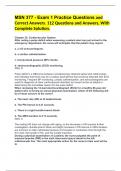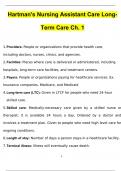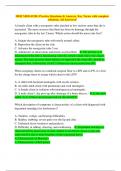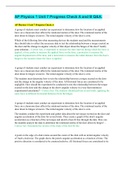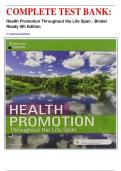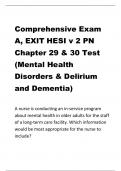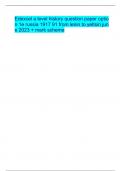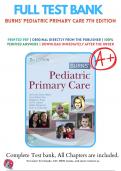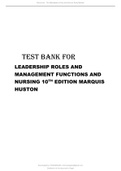Exam (elaborations)
MSN 377 - Exam 1 Practice Questions and Correct Answers. 112 Questions and Answers With Rationale, Complete Solution.
- Course
- Institution
MSN 377 - Exam 1 Practice Questions and Correct Answers. 112 Questions and Answers, With Complete Solution. Chapter 32: Cardiovascular System After noting a pulse deficit when assessing a patient who has just arrived in the emergency department, the nurse will anticipate that the patient may re...
[Show more]
